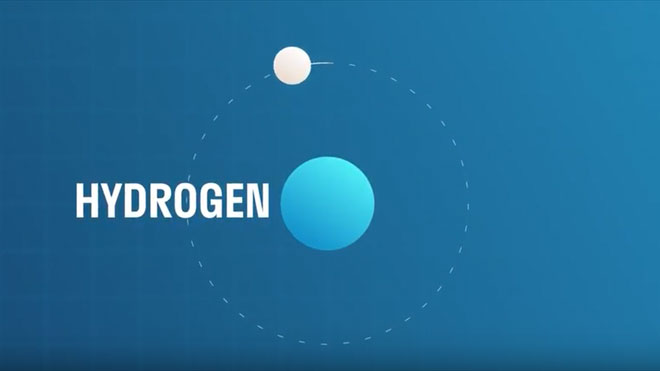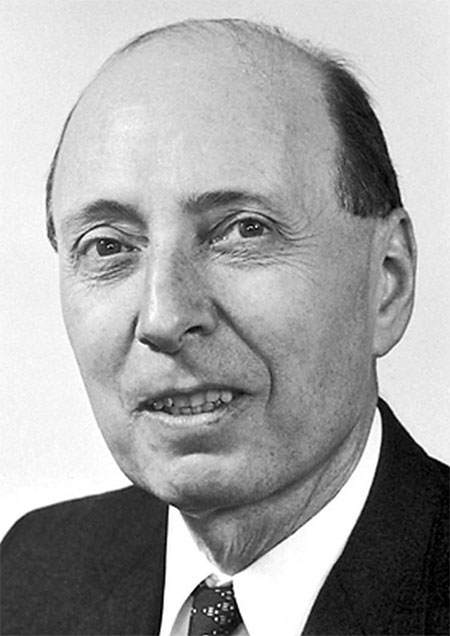Mission for 80 years proves that Hydro can conduct electricity coming to an end
The whole world of science is optimistic with new research. It seems that we have got metallic hydrogen!
More than 80 years ago, physicist Eugene Paul Wigner predicted that: at a certain temperature and pressure , hydrogen - the most abundant element in the universe - could be metallic to conduct electricity . I believe the scientist won this Nobel Prize in Physics, and kept searching for answers to find a new conductive material.

Many experts are confident that metallic hydrogen has emerged.
Most likely we have succeeded.
A team of researchers in France has published a new study on arXiv, describing the formation of hydrogen-charged metals below a pressure higher than that found in the Earth's core. Over the years, there have been a number of places claiming to have discovered this particular state of hydrogen, but have all received suspicious eyes. But this time, many experts are confident that metallic hydrogen has emerged.

Eugene Paul Wigner.
As its name suggests, the special state of hydrogen allows it to have metallic properties. In the new study, the scientists confirmed the existence of metallic hydrogen as 'indisputable', thanks to a characteristic called 'quantum confinement' : when preventing electron motion to a At certain levels, the electromagnetic and optical properties of matter will be transformed by the laws of quantum mechanics.
According to new research, at a certain pressure, any insulator is capable of turning into conductive metal; For example, oxygen turns into 'metal' at 100 GPa - the pressure level is about a million times higher than the air pressure around us.
For many different reasons, the discovery of metallic hydrogen is of great significance. Most obviously, we have evidence of the existence of this material. Besides the ability to transmit electricity without increasing the temperature, which means we have superconductivity at room temperature. For a long time, physics has been searching for such a material, which could revolutionize electronics.
Another meaning that you didn't expect: there were planets containing large amounts of hydrogen in the shell. By studying hydrogen under high pressure, we can take a closer look at those gas planets - "gas giants".

Jupiter is one of the most familiar "gas giant".
The team, led by working expert Paul Loubeyre at the French Atomic Energy Commission, showed that solid hydrogen molecules exist when compressing hydrogen gas between two diamond tips, with pressure up to 310 GPa. The team continues to increase the pressure and analyze how the material absorbs infrared radiation emitted by the SOLEIL accelerator.
At 425 GPa and 0 degrees K - the temperature at which the material has the lowest amount of heat, hydrogen suddenly absorbs all infrared radiation. This experiment shows that making solid materials does not require the input energy, which is used to bring electrons to another state.
Simply put: scientists claim that they have squeezed the hydrogen gas so tightly that the quantum effect allows electrons in the hydrogen to flow through the material, as they move through the metal.
According to the research report, there are two transmitter factors that allow successful testing:
- A new infrared microscope system allows monitoring of hydrogen properties under enormous pressure.
- The two ends of the diamond are used to press the structured hydrogen of an inductor (toroid). This allows scientists to exceed the previous 400 GPa limit, this 'diamond anvil' has a similar shape.

At 425 GPa and 0 degrees K, hydrogen suddenly absorbs all infrared radiation.
It must be emphasized that the new research has not been thoroughly analyzed by the scientific agencies in the industry (not yet reviewed by the peer review), which is not yet confirmed that the results in the report are correct. In 2012, there was a team claiming to discover metallic hydrogen but had to apologize for not being able to confirm it.
But we have reason to believe in the new test. Maddury Somayazulu, a physicist working at the Argonne National Laboratory, who was not involved in the experiment, said: ' I think this is a discovery that deserves a Nobel Prize. The nature of metallic hydrogen is still the same, but this is the most comprehensive study of pure hydrogen '.
Another physicist, Alexander Goncharov, from the Geophysical Laboratory, is also confident of the new research results. ' I think the report contains very compelling evidence of hydrogen, ' he said, ' there is a bit of aberration and some data may be more accurate, but overall I believe in Positive results '.
According to reliable sources, the scientific world is optimistic about new research. But scientists still have to thoroughly examine every number presented in the report before buying items to celebrate.
- The world's first hydro-powered boat
- Several measures to use electricity economically
- Phone can take electricity from human body
- Develop a code of conduct on space
- Micro-robots are capable of exploring the universe
- The satellites can provide electricity in the future
- NASA's Mars mission was delayed for another 2 years
- Six outstanding space missions are underway
- Turn urine into electricity
- DNA testing proves Lincoln assassin
- How does electricity work?
- NASA first announced tens of thousands of hours of recording of the Apollo 11 mission to the Moon
 'Fine laughs' - Scary and painful torture in ancient times
'Fine laughs' - Scary and painful torture in ancient times The sequence of numbers 142857 of the Egyptian pyramids is known as the strangest number in the world - Why?
The sequence of numbers 142857 of the Egyptian pyramids is known as the strangest number in the world - Why? History of the iron
History of the iron What is alum?
What is alum?